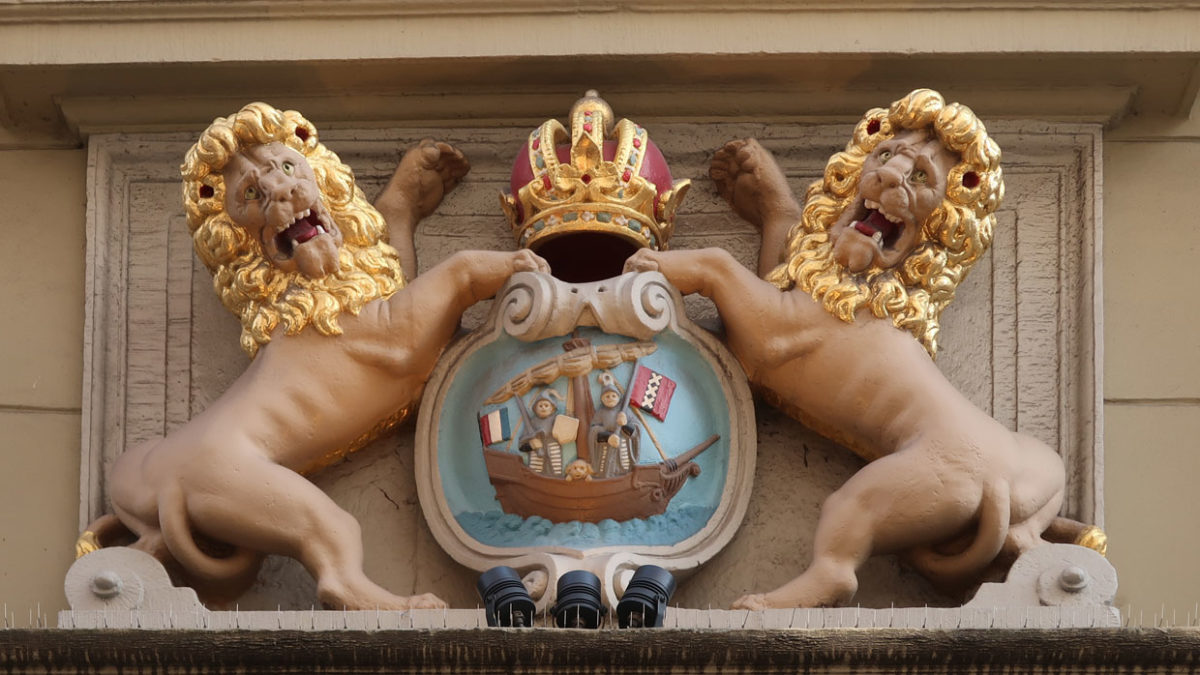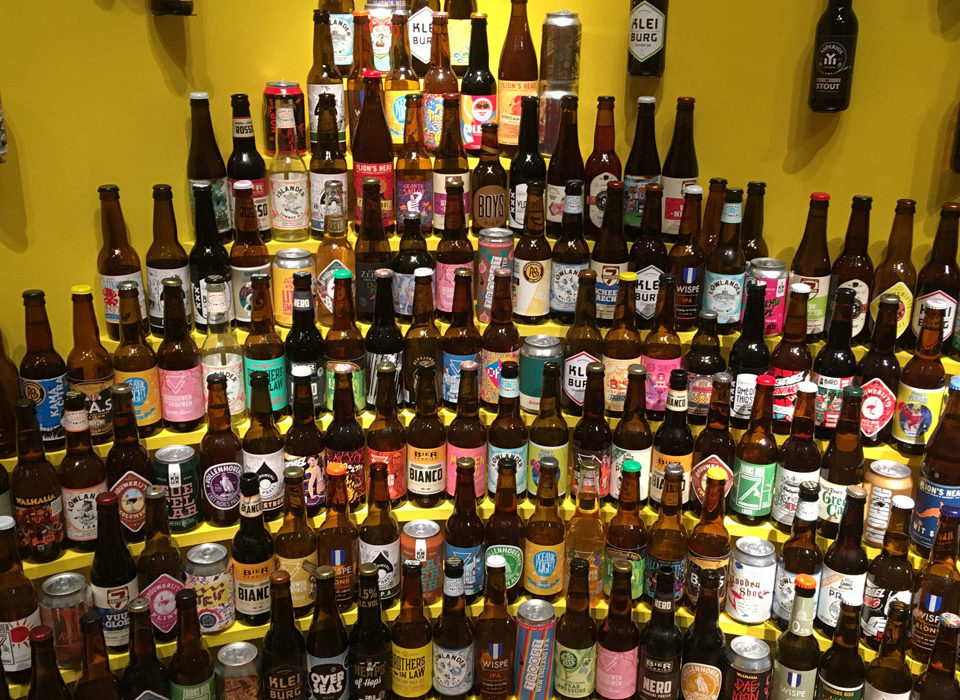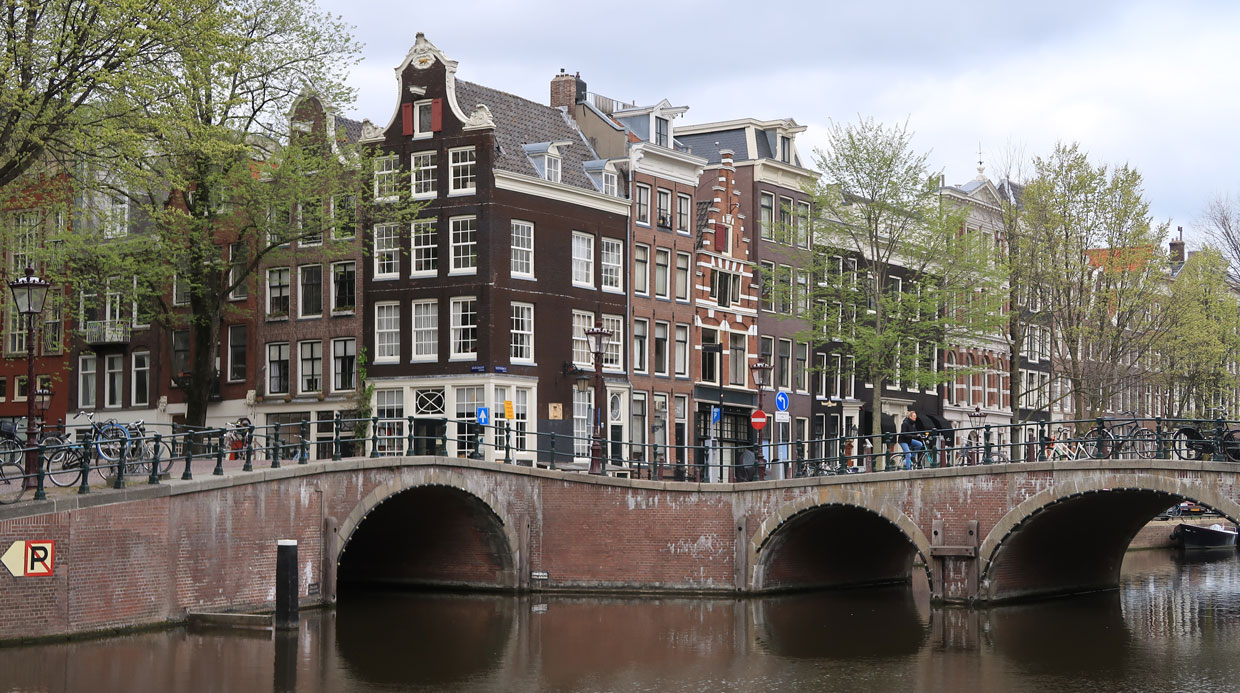
The Beauty of Amsterdam’s Canal District: A UNESCO World Heritage Site
June 27, 2020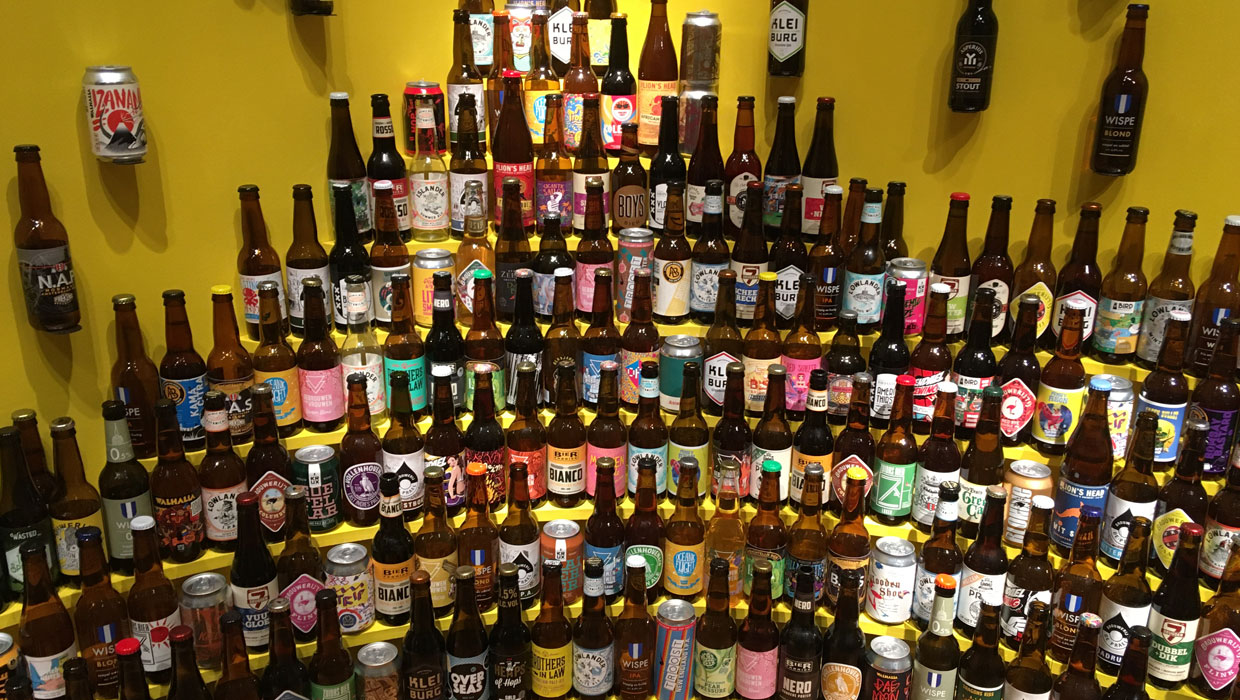
Beer in Amsterdam
August 24, 2020Amsterdam started as a small village in the 12th century. 400 years later it was the third largest city in Europe and perhaps the richest of them all. What were the decisive steps that made this happen? What made Amsterdam so rich?
Free passage for trade
In 1275 the village at the mouth of the Amstel consisted of little more than two streets, built on dikes along the river, with a dam and a lock in between. In that year, Count Floris V of Holland gave the people who lived there a free passage through his area without having to pay tolls for products made in the city. This gave Amsterdam access to cities such as Leiden, Haarlem and Delft, which were much larger than Amsterdam. The residents started to focus more on trade, especially the import of beer from Hamburg and grain from the Baltic Sea area. Fifty years later, the village had become a city, with canals dug for protection as well as for transport of the imported goods to the warehouses.
The Miracle of Amsterdam
Amsterdam became a pilgrimage destination following a miracle that happened here in 1324. A dying man received a sacramental host from a priest, but he was too sick to keep it down. The vomit was thrown into the fire. The following morning the host was found to be intact in the remains of the fire. This was the so-called Miracle of Amsterdam. Thousands of pilgrims flocked to the city every year in hopes of curing their illnesses and ailments. More than 20 monasteries were founded in the city. The pilgrims - the first tourists to the city - created a significant religious "industry". Nevertheless the monasteries were seen as a burden to the city, because they occupied precious land within the city walls. However, pilgrims continued to come to the city for centuries thereafter.
Herring
Then came the development of a new way to make herring more durable and therefore more marketable. Herring was an important popular food at the time. Amsterdam had become the herring city of Holland. A new industry emerged as the herring needed salt, barrels for storage, people to carry the barrels and so on. Within 50 years, new canals were dug and the city doubled in size, beginning around 1380.
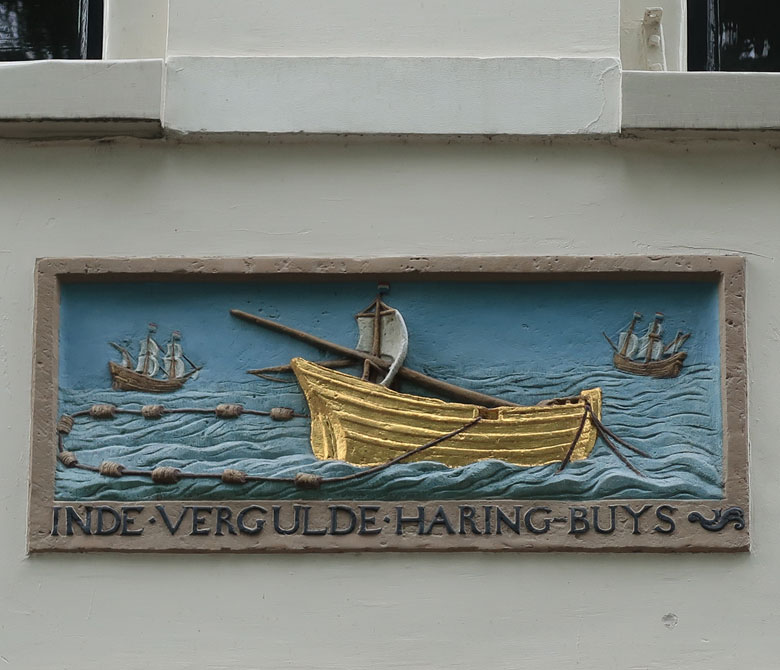
Grain, beer and bricks
The city had developed a large trading fleet. Grain was the main product traded in. The attics of the merchant houses were full of it, and when harvests failed in France or elsewhere in Europe, good profits were made. Grain and wood - necessary for the construction of houses - were imported from the Baltic States. Bricks from the Netherlands and wine and luxury products from Western and Southern Europe were exported from Amsterdam. The beer trade and the herring trade also continued to be significant. It was important, at this time, that the traders spread their risk by transporting their merchandise on different ships. They could also insure their merchandise among themselves. That way they wouldn't lose everything if a ship was lost.
The immigration from Antwerp
In the second half of the 16th century the struggle for independence began. The Low Countries (now the territory of the Netherlands and Belgium) wanted to break away from the Catholic Spanish empire. The Northern Netherlands eventually became a republic. It was a struggle for more self-determination, but also for more freedom of religion. The Spanish Inquisition was brutal not only in Spain, where the Jews were persecuted, but also in the Low Countries. When in 1588 the Spanish troops conquered the city of Antwerp - until then the largest port city in the Low Countries - many protestants and traders fled to Amsterdam. They brought with them a lot of money, trade contacts and knowledge. They invested in the city and their companies grew. Amsterdam was now the most powerful city in the Republic.
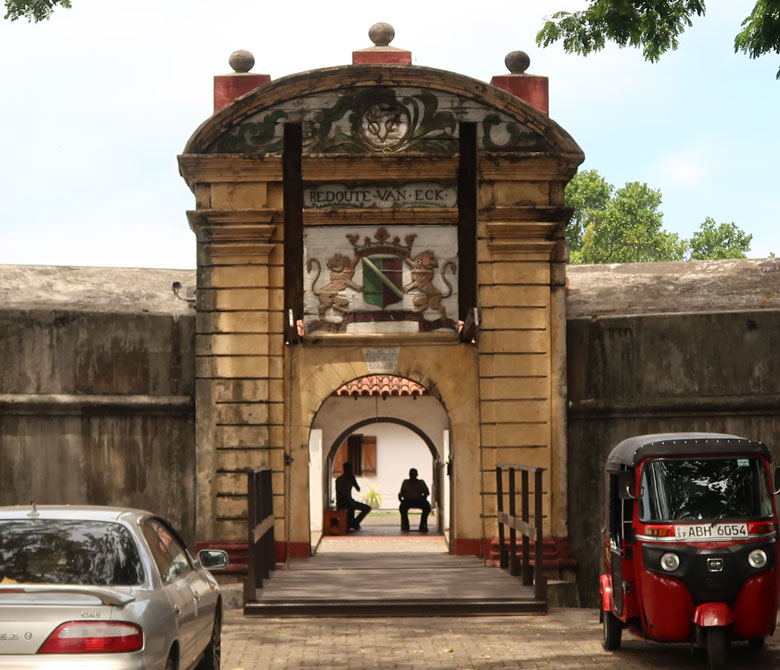
The first multinational stock companies
The same traders also imported many goods and spices through Portugal, which actually had a monopoly on trade with Asia. To take control of that trade, they organized joint expeditions to Asia, especially to the isles of Banda in what is now Indonesia.
This led to the founding of the United East India Company (VOC) in 1602, the first company in the world in which everyone could buy and sell a share on a stock exchange. The VOC was a success, thanks to the Republic's right to act militarily in the areas with which they "traded" and against ships of other nations.
Also a West India Company (WIC) was founded, in 1621. The WIC traded weapons and indeed beads in West Africa and bought slaves there to import to the Caribbean and South America to work on plantations. And finally, it bought cane sugar and other luxury products from the plantations to bring them to Amsterdam.
Thus Amsterdam became a center of world trade, with a large fleet of both trading and war ships.
This time is known in Dutch history as "the Golden Age".
City of innovations
More innovations in trade came. The city set up an exchange bank, whereby the money was stored in the basements of the City Hall. Payments were made with a bank draft, the first checks, which were also accepted in other countries.
For the poorer people in the city there came the opportunity to borrow money at a reasonable interest rate against collateral in the city’s own pawn bank.
And the city set up a new expansion scheme, adding the canal zone to the city, which is today a UNESCO World Heritage site.
War and defeat
It was inevitable that a confrontation with the other great sea power, England, would arise. Three times there was war between the Republic and England. During the second war, the Republic lost the colony of New Amsterdam - now New York - to the English. During the third war, in 1672, France and armies of the bishops of Münster and Cologne invaded the Republic by land and England defeated the Republic's fleet at sea.
The position of the Republic and Amsterdam at sea and in the colonies was seriously weakened while England was getting stronger.

The banker of Europe
A time came when wealthy Amsterdammers were becoming reluctant to invest in new trade. It turned out to be much easier and safer to lend the money out. The wealthy Amsterdammers became the bankers of Europe. They began to wear beautiful wigs and costumes and to renovate their houses to the latest (French) fashion. Therefore, the facades of most houses along the canals are from the 18th century.
Under French rules
About a hundred years later, after the French Revolution, the Republic was annexed to the French Empire. It was a bad time for the economy. Things didn't start to improve again until late in the second half of the 19th century when a new channel was dug, connecting the city directly to the North Sea. As a result, many industries were established in Amsterdam. During this time, the first canal houses were demolished and replaced by the large office buildings of banks and trading companies.
Early 1900's
In the First World War, the Netherlands was neutral and the economy suffered little damage. Masses of workers were moving to Amsterdam which grew rapidly in size. For most of these workers there was readily available work. Even after the stock market crash of 1929 the Dutch economy remained fairly strong.
WW II
But the Second World War left deep marks. Eighty thousand Jewish Amsterdammers do not return from the concentration camps and in the last six months of the war - the Hunger Winter - vacant houses, trees in the park and wooden blocks between the tram rails were sacrificed for fuel. The port had been dismantled and the city was dilapidated. Then the city's industries slowly began to rebuild, with U.S. Marshall aid, but were never again to reach their previous pre-war level.
A new "Golden Age" ?
Today, most of the once ramshackle buildings have been restored and the Netherlands is fast becoming a service country with Amsterdam, once again, at the forefront. Beginning in the early 1990s, the IT services industry has become increasingly important and the city has become an important global internet hub. Creative industries are also flourishing in Amsterdam and people already speak of a new "Golden Age" in Amsterdam.

